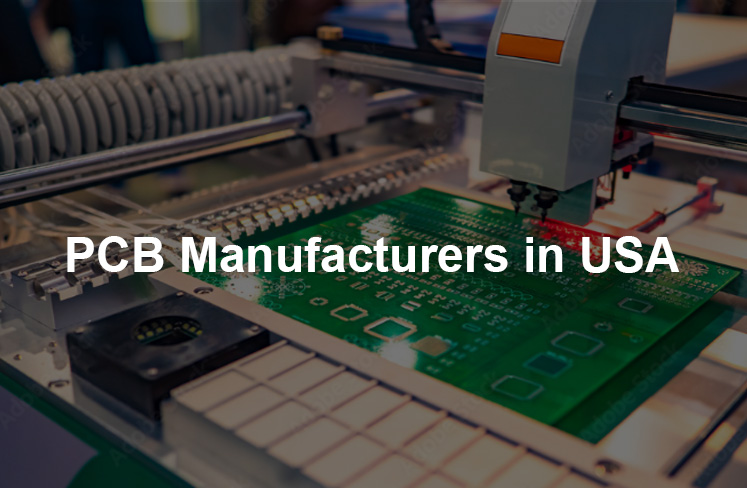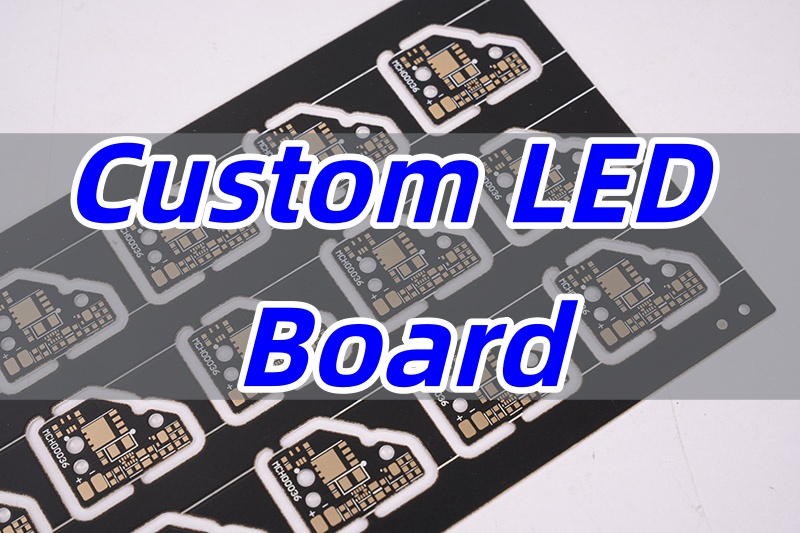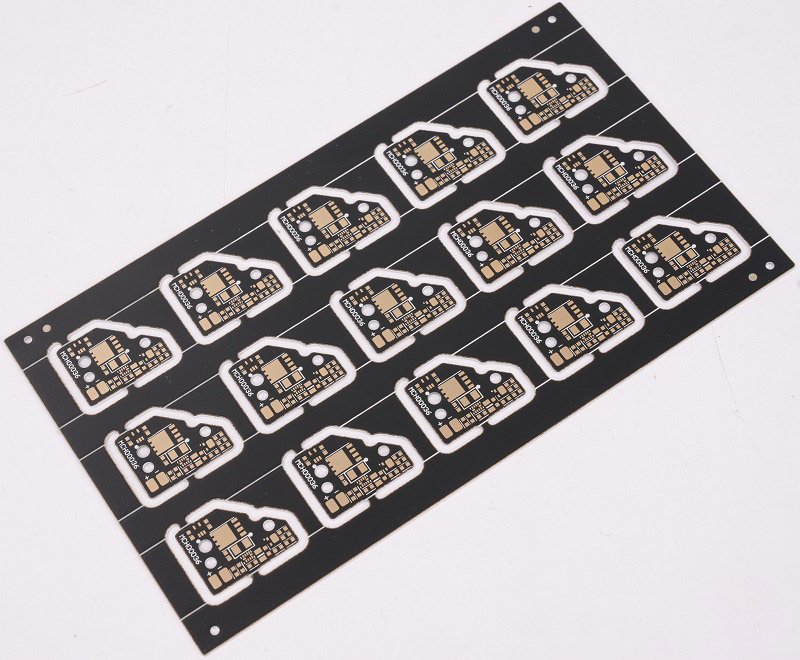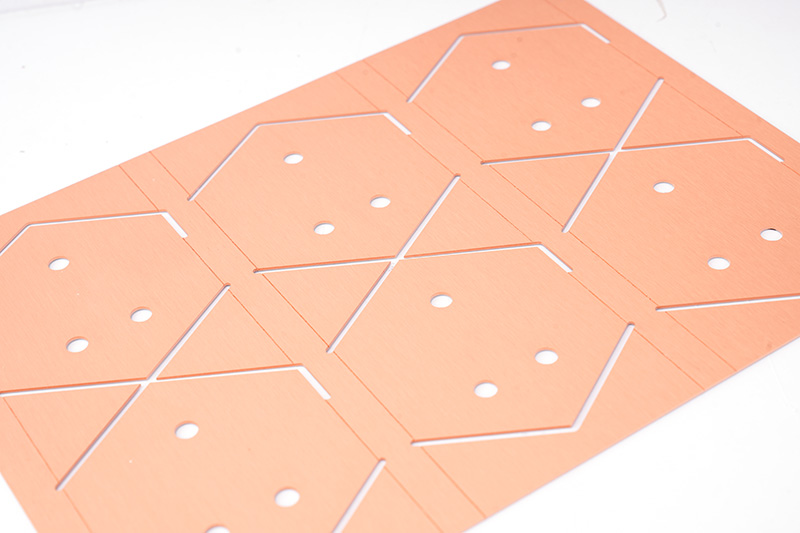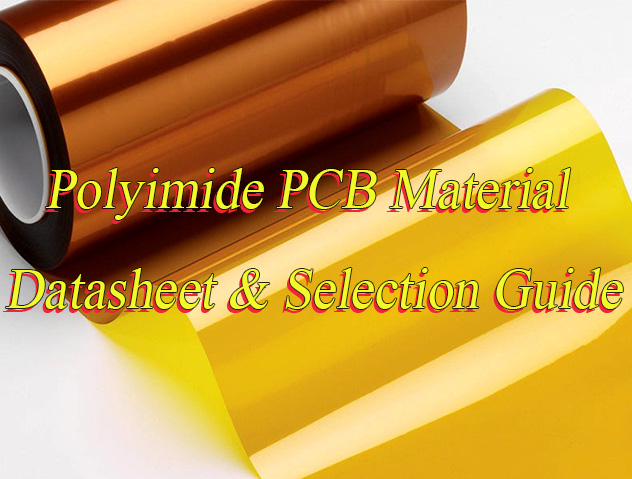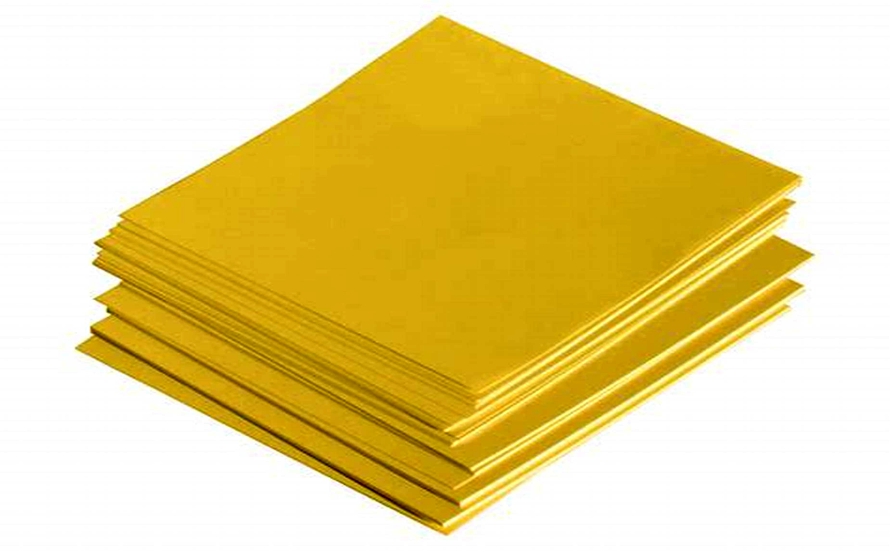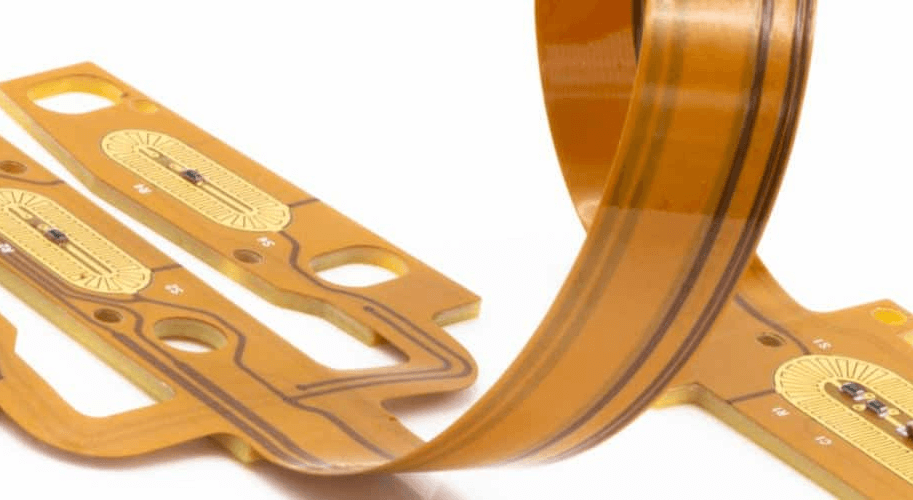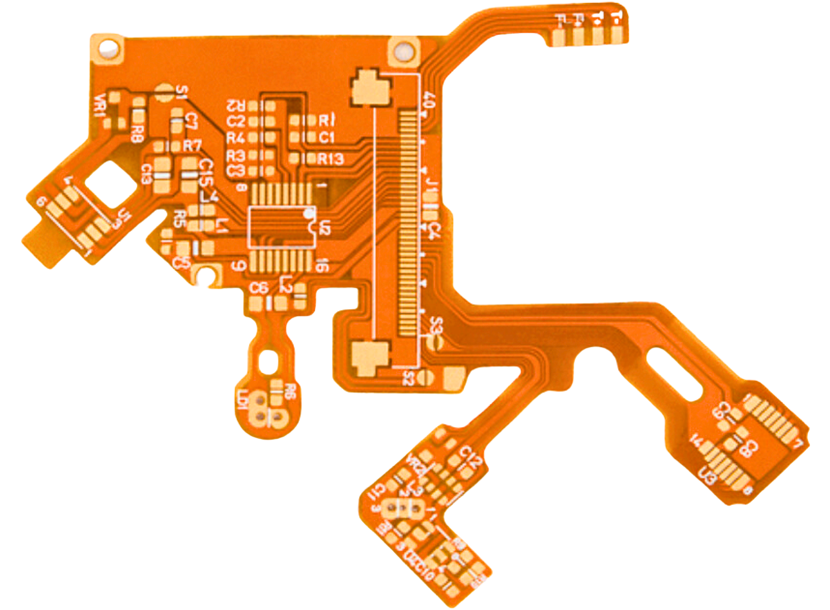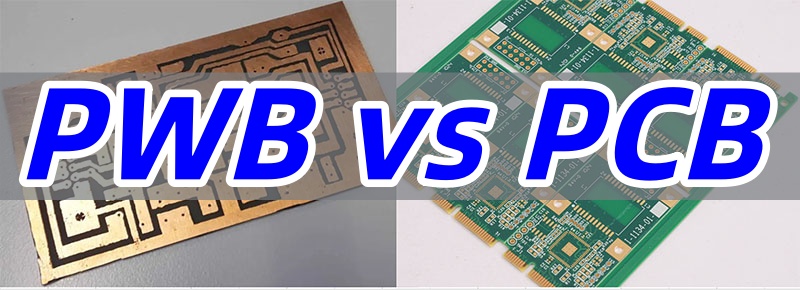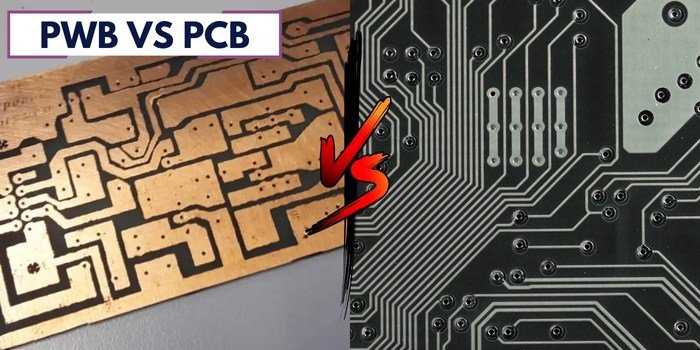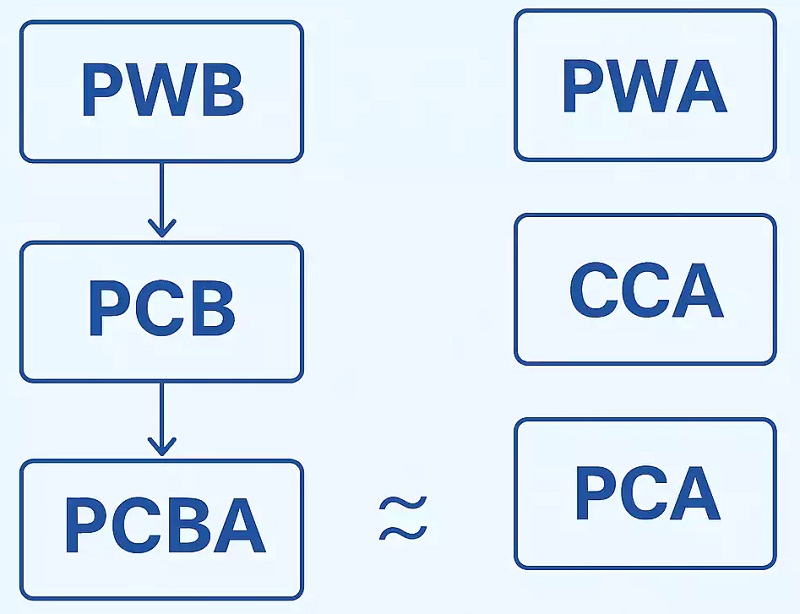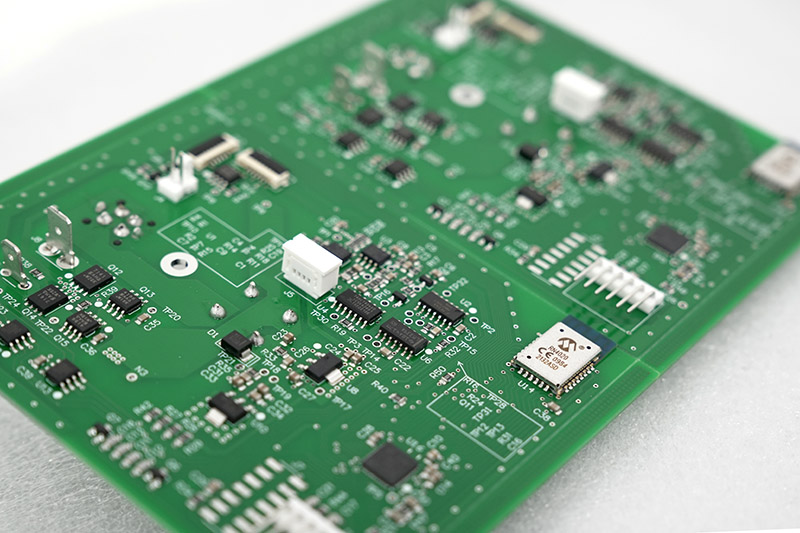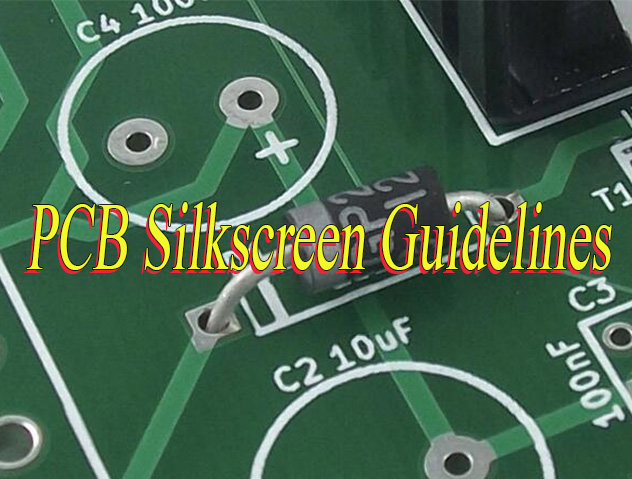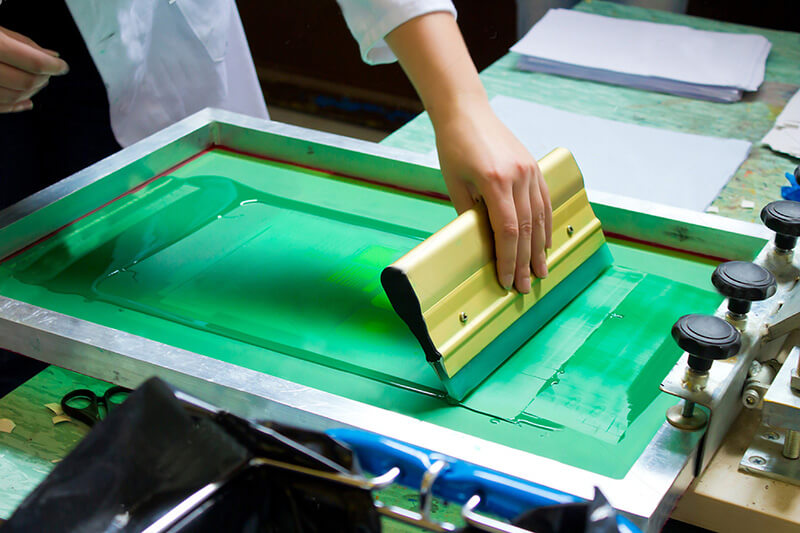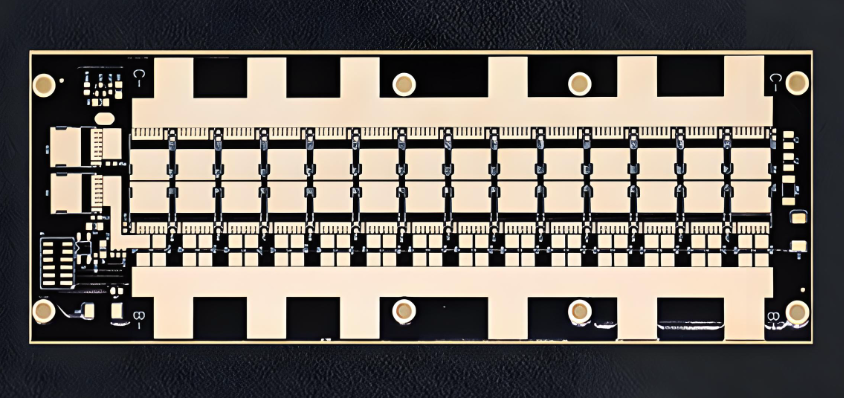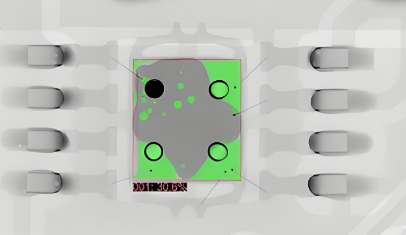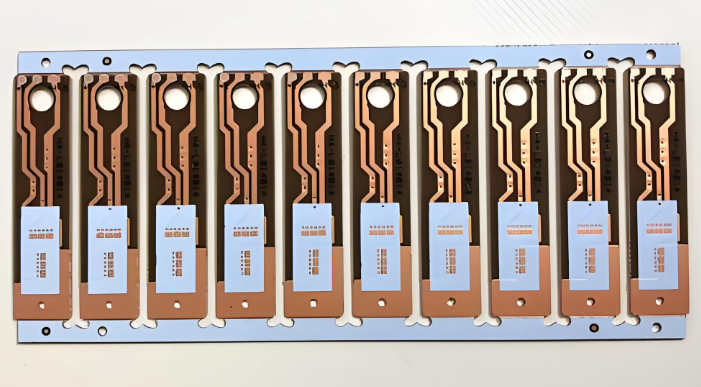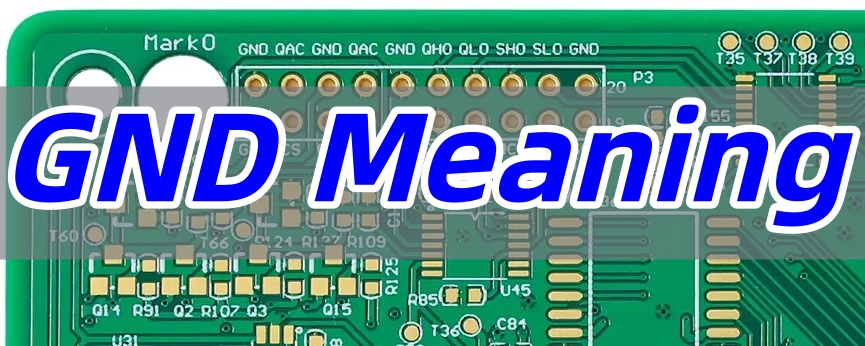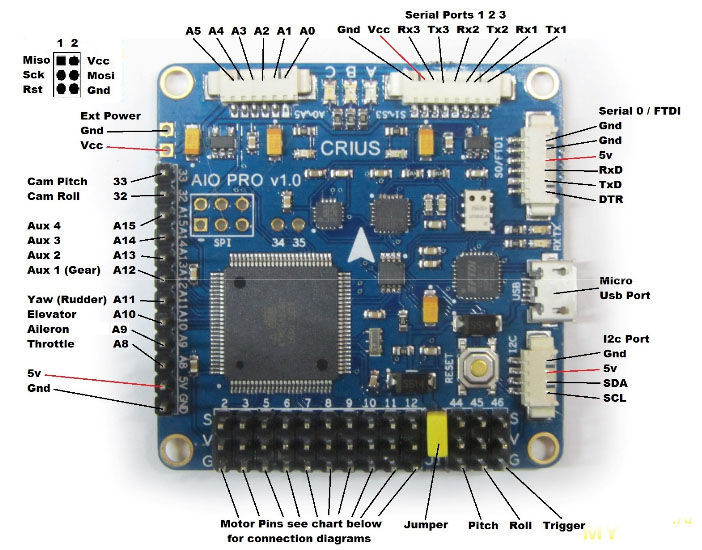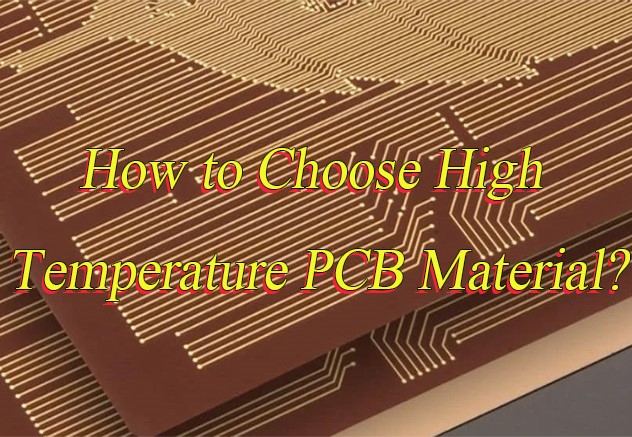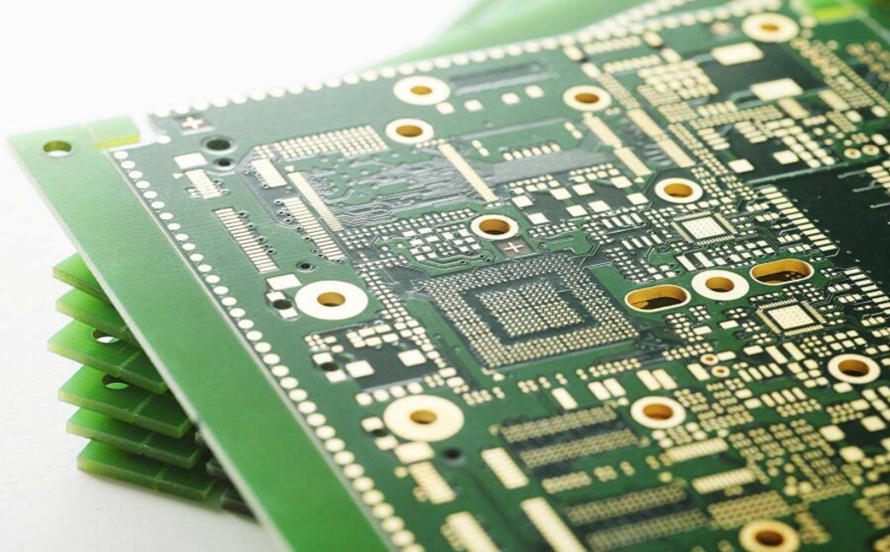If you’re searching for reliable PCB manufacturers in Israel, you’re tapping into a market known for innovation, precision, and cross-industry expertise. Israeli PCB suppliers stand out globally for their blend of military-grade technology, advanced materials science, and agility in meeting custom demands‚ÄĒwhether you need a prototype for a startup or mass production for a Fortune 500 company. This guide breaks down everything you need to know to make an informed choice, from technical capabilities to compliance requirements, and addresses the most common pain points shared by buyers on Reddit and industry forums.
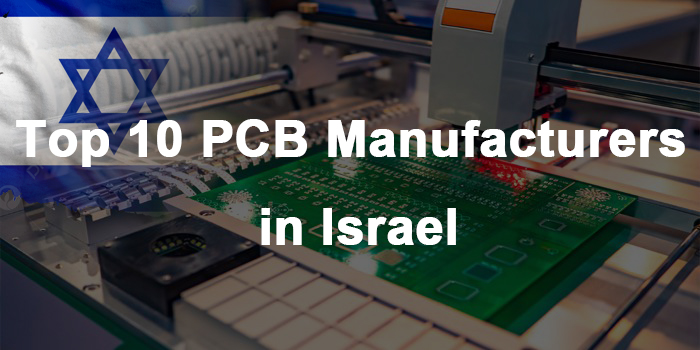
Introduction: Why Choose Israeli PCB Manufacturers?
Israel’s position as a leader in the global PCB manufacturing sector isn’t accidental. The country’s PCB industry benefits from a unique ecosystem of military-civilian integration technology, with many manufacturers leveraging expertise honed in aerospace and defense to serve commercial markets. According to IndexBox data, Israel is the dominant producer and consumer of printed circuits in the Middle East, with the regional market projected to grow to $5.7 billion by 2035. What sets Israeli PCB manufacturers apart? It’s their focus on high-performance solutions‚ÄĒthink HDI boards, flexible-rigid hybrids, and special material PCBs‚ÄĒthat meet the strictest standards for reliability and durability. For global businesses, this means partnering with suppliers who understand international quality benchmarks while offering the agility of a regional player.
Key Criteria for Selecting PCB Manufacturers in Israel
When evaluating Israeli PCB suppliers, it’s critical to align your selection with the factors that matter most for your project’s success. European and American buyers consistently rank these six criteria as non-negotiable:
- Certification compliance: ISO 9001 (quality management), ISO 13485 (medical devices), UL, and RoHS are must-haves for global market access.
- Technical capabilities: Layer count (up to 60 layers for top Israeli firms), line width/space (as low as 3 mil), and support for buried/blind vias.
- Production flexibility: Ability to handle both small-batch prototypes and high-volume runs (some suppliers produce 100,000 square feet monthly).
- Material expertise: Access to specialized substrates like Rogers 4003C, PTFE, and aluminum core (MCPCB) for thermal management.
- Delivery reliability: On-time performance, especially for quick-turn orders.
- Customer support: Responsive technical assistance and DFM (Design for Manufacturability) guidance.
Ignoring these factors often leads to the frustrations highlighted on Reddit‚ÄĒdelayed shipments, non-compliant products, and costly rework.
Understanding Israeli PCB Manufacturing Capabilities
Israeli PCB fabrication facilities are equipped to handle some of the most complex requirements in the industry. Let’s break down their core strengths:
- Multilayer PCBs: Leading manufacturers like EDA Integrity Solutions Ltd. offer up to 40 layers, while PCB Runner Limited supports 60-layer designs for high-density applications. This makes them ideal for aerospace and industrial electronics.
- HDI & Microvia Technology: HDI PCB Israel suppliers specialize in fine-pitch components and miniaturized designs, critical for IoT devices and medical equipment.
- Flexible & Rigid-Flex PCBs: Companies like AI Reshef Electronic Engineering Ltd. produce flexible and hybrid boards that withstand harsh environments, from automotive underhood systems to wearable tech.
- Quick-Turn Prototyping: Need a prototype in 24 hours? Several Israeli manufacturers offer expedited services for 2-layer PCBs, with 3-4 day lead times for more complex designs. This agility is a game-changer for startups and product development teams working on tight deadlines.
Compliance & Certification: Non-Negotiable Requirements for Global Business
For businesses selling to European and American markets, compliance with international standards isn’t optional‚ÄĒit’s a prerequisite. PCB certification in Israel goes beyond basic RoHS compliance; many manufacturers hold certifications that open doors to specialized industries:
- ISO 13485: Mandatory for medical device components, ensuring traceability and quality control throughout production.
- IPC-A-610 Class 3: Military-grade standard for high-reliability applications like aerospace and defense.
- UL 94: Flammability rating for PCBs used in consumer electronics and industrial equipment.
- Halogen-free & Lead-free: Aligns with global sustainability trends and regulatory requirements in the EU and North America.
Israeli manufacturers excel at navigating these compliance landscapes, with many offering documentation packages to streamline your import processes. This eliminates the “certification gap” that often plagues buyers sourcing from less regulated regions.
Prototype vs. Mass Production: Which Israeli Manufacturers Excel?
One of the biggest questions buyers ask is: “Will this supplier handle my project size?” PCB prototyping in Israel and mass production are served by overlapping but distinct sets of manufacturers:
- Prototype specialists: Companies like AllPCB focus exclusively on quick-turn prototypes, with minimum order quantities (MOQs) as low as 1 piece and lead times of 24-72 hours. They’re ideal for startups, R&D teams, and small-batch testing.
- Mass production leaders: Firms like Synersys (Israel) Ltd. and Elcad PCB Ltd. handle volumes from 10,000 to 100,000+ units, with lead times of 3-4 weeks for consigned material orders and 6-12 weeks for turnkey solutions.
- Dual-capability suppliers: Many top Israeli manufacturers offer both services, allowing you to scale from prototype to production without switching partners. This continuity reduces risk and ensures consistent quality across your product lifecycle.
Industry-Specific PCB Solutions from Israeli Suppliers
Israeli PCB manufacturers don’t offer one-size-fits-all solutions‚ÄĒthey tailor their services to the unique needs of key industries:
- Aerospace & Defense: High-reliability PCBs with extreme temperature resistance, shock tolerance, and compliance with MIL-STD standards. Suppliers use materials like Rogers and PTFE for signal integrity in harsh environments.
- Medical Devices: Biocompatible materials, traceable production processes, and ISO 13485 certification. Israeli firms excel at miniaturized PCBs for diagnostic equipment and wearable health tech.
- Automotive: High-temperature PCBs (up to 180¬įC TG) for EVs, ADAS systems, and in-vehicle infotainment. Many suppliers offer thermal management solutions like aluminum core PCBs.
- IoT & Consumer Electronics: HDI and flexible PCBs for compact, low-power devices. Quick-turn prototyping supports fast product launches in competitive markets.
By choosing a supplier with industry-specific expertise, you avoid the “generalist trap” where your project gets lost among unrelated orders.
Lead Time & Logistics: Navigating Israeli PCB Supply Chains
Lead time anxiety is a common theme on Reddit, and for good reason‚ÄĒdelays can derail product launches. Here’s what to expect from PCB lead times in Israel:
- Prototyping: 24-72 hours for standard 2-4 layer PCBs; 3-5 days for complex multilayer or flexible designs.
- Mass production: 3-4 weeks (consigned materials) or 6-12 weeks (turnkey). Lead times may fluctuate with demand, so it’s wise to build in a 1-2 week buffer.
- Logistics advantages: Israel’s strategic location between Europe, Asia, and Africa means faster shipping to key markets. Most suppliers partner with global carriers (DHL, FedEx) for door-to-door delivery, with typical transit times of 2-5 days to Europe and 3-7 days to North America.
To mitigate delays, confirm lead times in writing, ask about rush options, and discuss contingency plans for material shortages‚ÄĒtop Israeli suppliers will be transparent about potential bottlenecks.
Cost Considerations: Getting Value from Israeli PCB Manufacturers
It’s no secret that PCB pricing in Israel reflects the high quality and technical expertise on offer, but that doesn’t mean you can’t find value. Here’s how to navigate costs:
- Pricing structure: Costs are driven by material type (Rogers is more expensive than FR-4), layer count, production volume, and lead time. For example, a 2-layer FR-4 prototype might cost $0.10-$0.50 per piece, while a 16-layer HDI board could run $50-$100 per unit.
- Bulk discounts: Most suppliers offer significant savings for volumes above 1,000 units. If you’re scaling production, negotiate long-term pricing agreements.
- Total cost of ownership: Don’t fixate on upfront costs. Israeli manufacturers often deliver lower total costs by reducing rework (thanks to strict quality control), avoiding compliance fines, and offering faster time-to-market.
Reddit users often regret choosing cheaper overseas suppliers only to face delays, non-compliant products, or poor technical support‚ÄĒinvesting in an Israeli supplier can save you money in the long run.
DFM Support & Technical Assistance: What to Expect?
Design for Manufacturability (DFM) is make-or-break for PCB projects, and Israeli PCB suppliers excel at providing proactive support. Here’s what you should look for:
- Free DFM reviews: Top firms will analyze your Gerber files for manufacturability issues (e.g., tight trace spacing, incompatible hole sizes) before production begins, saving you from costly revisions.
- Engineering collaboration: Many suppliers assign a dedicated engineer to your project, offering guidance on material selection, layer stackup, and impedance control.
- Post-production support: If issues arise during assembly or testing, Israeli manufacturers provide quick troubleshooting‚ÄĒsome offer 24/7 technical support for critical projects.
This level of assistance addresses a major Reddit complaint: “suppliers who don’t communicate until it’s too late.” With Israeli firms, you’ll have a partner invested in your project’s success.
Sustainability in Israeli PCB Manufacturing
Sustainability is no longer a “nice-to-have”‚ÄĒit’s a requirement for many European and American businesses. Eco-friendly PCB manufacturing in Israel is gaining momentum, with suppliers adopting practices like:
- Lead-free & halogen-free processes: Eliminating harmful substances from production, aligning with RoHS and REACH regulations.
- Waste reduction: Recycling of copper, solder, and substrate materials to minimize environmental impact.
- Energy efficiency: Some facilities use solar power and energy-efficient equipment to reduce carbon footprints.
- ESG reporting: Forward-thinking suppliers provide ESG scores and sustainability reports, as measured by frameworks like S&P Global’s Corporate Sustainability Assessment (CSA).
For companies prioritizing ESG goals, partnering with a sustainable Israeli PCB manufacturer isn’t just ethical‚ÄĒit’s a competitive advantage.
How to Verify Israeli PCB Manufacturer Credibility?
With so many options, verifying a supplier’s credibility is crucial to avoid scams or subpar service. Here’s a step-by-step process:
- Check certifications: Request copies of ISO, UL, and industry-specific certifications (e.g., ISO 13485 for medical) and verify them with the issuing bodies.
- Review customer references: Ask for case studies or contact information for clients in your industry‚ÄĒreputable suppliers will be happy to share.
- Assess production facilities: If possible, schedule a virtual or in-person tour to inspect equipment, quality control processes, and working conditions.
- Test with a prototype: Start with a small prototype order to evaluate quality, communication, and on-time delivery before committing to mass production.
- Verify business legitimacy: Check company registrations, tax IDs, and trade references to ensure you’re working with an established firm (not a middleman).
This due diligence process addresses the Reddit fear of “working with a supplier who overpromises and underdelivers.”
Common Challenges When Working with Israeli PCB Suppliers (And Solutions)
No partnership is without challenges, but being proactive can mitigate risks. Here are the most common issues and how to solve them:
- Geopolitical uncertainty: Israel’s location raises concerns for some buyers, but most manufacturers have contingency plans for supply chain disruptions (e.g., alternative shipping routes, stockpiled materials).
- Language barriers: While most Israeli suppliers have English-speaking teams, clarify communication protocols (e.g., preferred channels, response times) upfront.
- Material shortages: Global supply chain issues can affect lead times‚ÄĒask about alternative materials and minimum order quantities for critical substrates.
- Cultural differences: Israeli business culture is direct and results-oriented‚ÄĒbe clear about your expectations and don’t hesitate to ask questions.
By addressing these challenges head-on, you’ll build a stronger, more resilient partnership with your supplier.
Case Studies: Successful Partnerships with Israeli PCB Manufacturers
Real-world examples highlight the value of working with Israeli PCB manufacturers. Here are three standout success stories:
- Aerospace Startup: A European aerospace firm needed a 32-layer HDI PCB for a satellite component. An Israeli supplier delivered prototypes in 5 days and mass production in 6 weeks, meeting MIL-STD-810G standards. The result? A 20% reduction in weight and 15% improvement in signal integrity compared to their previous supplier.
- Medical Device Company: A US-based medical tech firm required ISO 13485-certified PCBs for a portable diagnostic tool. An Israeli manufacturer provided DFM support to miniaturize the design, reducing production costs by 25% and ensuring compliance with FDA regulations.
- Automotive Supplier: A German EV manufacturer needed high-temperature aluminum core PCBs for battery management systems. An Israeli supplier delivered 100,000 units with a 99.8% yield rate, meeting the strict thermal requirements and delivering on time despite global material shortages.
These cases demonstrate how Israeli suppliers combine technical expertise, compliance, and agility to solve complex problems.
FAQs: Answering Reddit’s Most Asked Questions About Israeli PCB Manufacturers
We’ve compiled the most common questions from Reddit and industry forums to help you make informed decisions:
- Q: Do Israeli PCB manufacturers accept small orders?
A: Yes‚ÄĒmany offer MOQs as low as 1 piece for prototypes. For mass production, MOQs typically start at 100 units, but some suppliers negotiate for smaller batches. - Q: How long does it take to ship PCBs from Israel to Europe/North America?
A: Transit times are 2-5 days to Europe and 3-7 days to North America via express shipping. - Q: Are Israeli PCBs compliant with EU and US regulations?
A: Most top manufacturers hold RoHS, UL, and ISO certifications, ensuring compliance with EU and US standards. - Q: Can Israeli suppliers handle custom material requirements?
A: Yes‚ÄĒmany specialize in Rogers, PTFE, ceramic, and aluminum core PCBs for specialized applications. - Q: What’s the typical warranty for Israeli-manufactured PCBs?
A: Warranties range from 1-5 years, depending on the supplier and application. Most offer repair or replacement for defects in materials or workmanship.
Conclusion: How to Shortlist the Best Israeli PCB Manufacturers for Your Project
Choosing the right PCB manufacturer in Israel requires aligning your project’s needs with a supplier’s capabilities, compliance, and values. Follow this step-by-step framework to create your shortlist:
- Define your core requirements: layer count, material type, production volume, and lead time.
- Filter suppliers by certifications relevant to your industry (e.g., ISO 13485 for medical).
- Evaluate technical capabilities: confirm they can handle your design’s complexity (e.g., HDI, flexible-rigid).
- Check references and case studies from clients in your sector.
- Request a prototype to test quality and communication.
- Compare pricing and total cost of ownership (not just upfront costs).
- Assess sustainability practices if ESG is a priority.
By following this process, you’ll identify the top Israeli PCB manufacturers that can deliver the quality, compliance, and support your project needs.
Whether you’re launching a startup or scaling production for an established business, Israeli PCB manufacturers offer the perfect blend of innovation, precision, and reliability. Use this guide to navigate the market, avoid common pitfalls, and build a partnership that drives long-term success.



